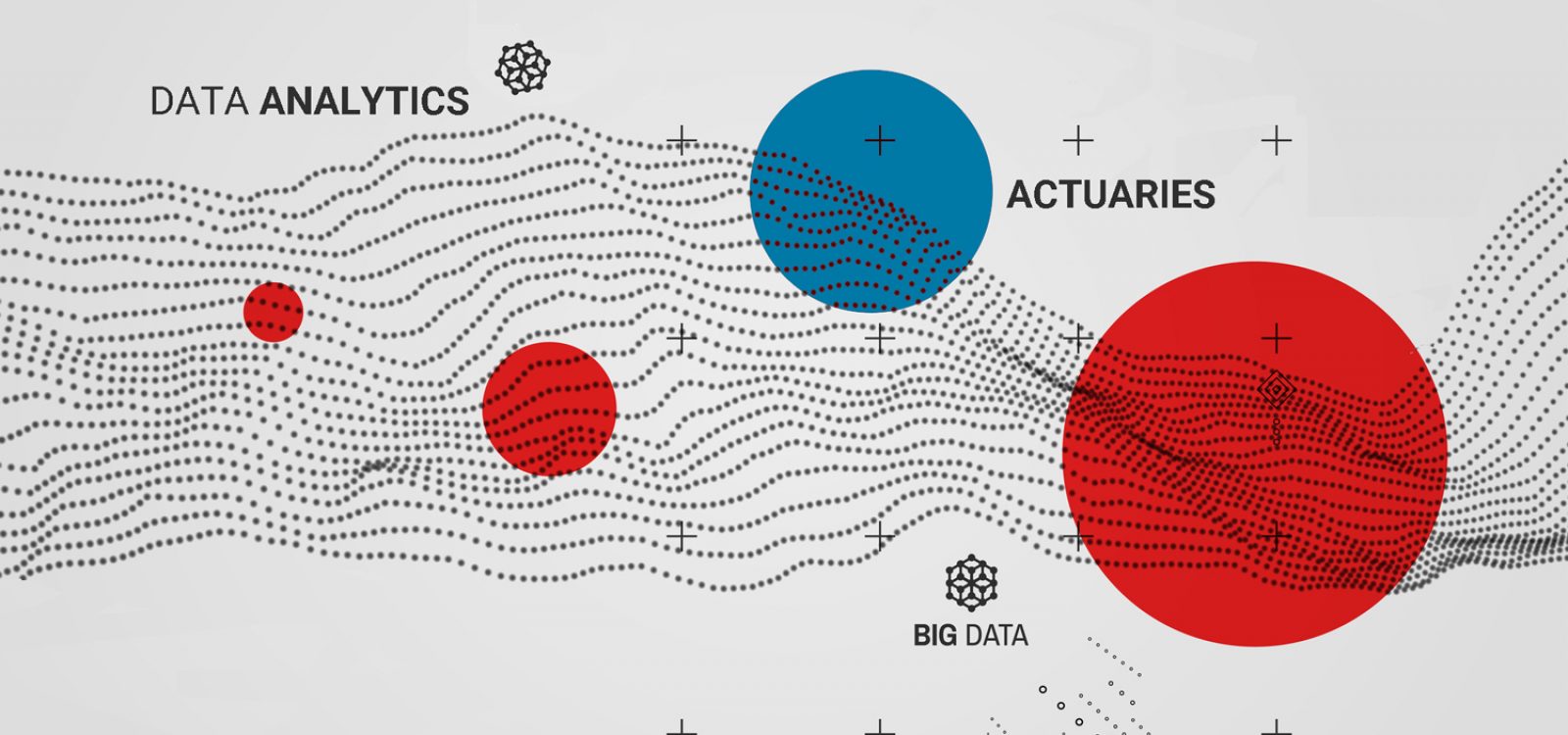
Actuaries in data science: a rare and powerful combination
Leaders in Australia’s data and tech industry have articulated why the technical and generalist skill-set of actuaries’ is a compelling fit for data analytics roles.
“There are a lot of degrees that are financial or technical, but not many that are both,” says CEO of Quantium, Actuary, Adam Driussi. Quantium is a globally recognised leader in the development of data-driven insights and one of the largest graduate employers of actuaries in Australia. Adam said the “rare and stand-out qualities” of actuaries are their:
- combination of deep technical skills (grounding in mathematics, statistical modelling, data and analytics);
- financial skills (studies of financial accounting and money); and
- general commercial skills.
“That’s the three things they bring…it’s a pretty powerful combination.” – Adam Driussi
The Actuaries Institute’s Data Analytics Practice Committee’s (DAPC) ‘elevator pitch’ for actuaries working in data analytics is:
Actuaries provide trusted strategic value to business by combining cutting edge data science with rigorous professional standards and deep commercial acumen.
“Our basic value proposition is a proven ability to link data-driven insights to outcomes (both financial and non-financial) combined with appreciation of the broader business context and the underlying uncertainty to determine impactful and commercial solutions and strategies,” says Bartosz Piwcewicz, Director at KPMG and the Convener of the DAPC.
“Once we arm this basic value proposition with modern data analytics techniques and technologies we get a compelling data analytics value proposition.” – Bartosz Piwcewicz
“Getting across these techniques and technologies is much easier for actuaries than for many other professionals trying to get into the data analytics space,” adds Bartosz.
Seizing the opportunity
Data analytics is in a transitional state, working towards its full potential as organisations improve their data literacy and better understand the purpose, place and capability of data scientists[i]. As Hugh Miller, Principal at Taylor Fry and DAPC member, writes in his regular analytics column, there’s no ‘official’ data science profession and demand is growing.
“The actuarial brand might be a good way of improving professionalism in what is still a fairly fragmented field”
– Hugh Miller.
Despite the diversity of industries actuaries now work in (banking, health, risk management, even social welfare), there are certain common traits they all share:
- they have undergone an exceptionally tough selection process to qualify; and
- are part of a profession imbued with professional standards.
“One interesting question is whether people who make the switch will be ‘actuaries working in data science’ or ‘data scientists who used to be actuaries. I hope it’s the former,” says Hugh.
As Chris Dolman, Director, Data and Algorithmic Ethics at IAG (also an Actuary) points out, “many data science programmers move around a lot, trying to use the next tool or get the next newest gadget in their CV” rather than creating something really valuable in the context of the business objective.”
“Actuaries are probably more practical in that way by comparison” – Chris Dolman.
Model professionals for data roles
At its core, the actuarial mindset is to understand the problem and its implications and design a solution.
Luke Heinrich is a Senior Analyst for tech unicorn Atlassian, continuing his actuarial studies.
“In all analytics roles, you’re applying an approximate model to a complex system … and in doing that you should understand its limitations and how it can be communicated to various stakeholders” – Luke Heinrich.
“Although I just completed Course 5B never planning to price a derivative in my career, there was much I could learn from the frameworks and research in the field; how they dealt with shortcomings and developed over the last few decades.” Luke recently presented at the 2018 Data Seminar on extracting insight from unstructured text: counter-intuitive, but possible!
For Group Chief Data Officer at Commonwealth Bank, Kai Yang, the actuarial degree taught him the techniques to apply mathematics, statistics and finance to real-world problems.
“The control cycle degree really taught me structured design thinking and collaboration with other people to really help design the best solutions for the problem at hand” – Kai Yang.
“This is considered unique to an actuarial degree, compared to an engineering or a pure data science degree which is generally more geared towards programming.” Of course, there is always more knowledge to acquire and the opportunity to upskill in specific areas as needed.
The Actuaries Institute’s new Education Program includes Data Analytics Principles to be delivered by accredited universities as part of its Associate program. This course will lay out the framework for building a predictive model, connecting the content to the Actuarial Control Cycle. More specifically it will include the business understanding phase of an analytics project, helping students in how to prepare data for input to modelling depending on the data environment. Importantly, students will learn that selecting the ‘best’ model is only possible using a holistic framework and the importance of communicating their findings clearly and in a way that is fit for purpose.
The next 10 years will see actuaries – high calibre, trusted professionals – become even more critical in tackling societal and business challenges using data science and analytics.
Send us your version of the ‘elevator pitch’ in 200 characters or less!
[i] https://www.actuaries.digital/2018/11/27/data-analytics-seminar-2018-reinvigorating-the-usual/
CPD: Actuaries Institute Members can claim two CPD points for every hour of reading articles on Actuaries Digital.










